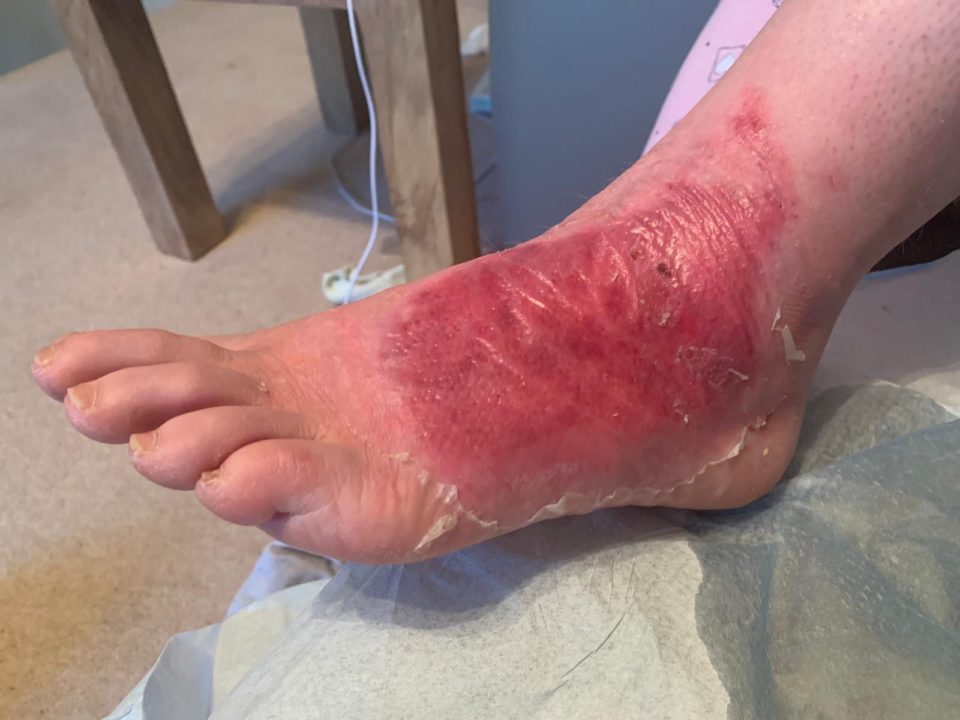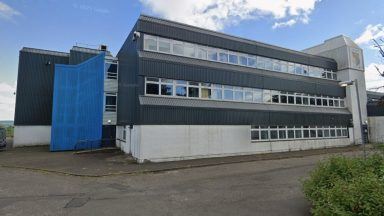Specialists at a burns unit have been praised for pioneering a treatment using pineapple plants.
Medics at St John’s Hospital in Livingston, West Lothian, are using a new drug called NexoBrid to help patients in what is a first for Scotland.
The treatment involves the use of a tissue-dissolving enzyme made from the pineapple plant that helps remove burnt areas and leaves just healthy tissue behind.
Lee-Anne Jones, 44, suffered horrific burns to her foot while trying to move a barbecue from a beach in July.
She was treated with NexoBrid and has now praised specialists for the “life-changing” care.
The beauty therapist, from near Foulden in the Borders, said of her injury: “It didn’t tickle – it was like being stung by 1000 wasps.”
Speaking about the care she received, she added: “From the ladies who brought me my food to the nurses who looked after me, I can’t thank them enough – they were absolutely fantastic.
“I couldn’t be happier with the outcome and I’m so grateful to have been offered the NexoBrid because I do feel if I had been given a skin graft that I would have taken significantly longer to heal.”
The hospital’s Wallace Burns Unit typically cares for patients with deeper burns that may require general anaesthetic procedures.
Skin grafts are common, which sees the burnt or dead skin cut away and skin from another part of the body attached to allow the area to be reconstructed.
While such operations are a successful and long-established treatment option, the healing times can be long, delaying a return to normal life for many patients.
The unit is the first in Scotland to use the new enzyme treatment.
It involves the application of a special paste and powder directly to the burn and immediate surrounding area, lasting around four hours.
Consultant burn surgeon Hilal Bahia said: “This treatment harnesses the amazing power of plants to help treat burns patients.
“If you have ever burnt yourself, even only in a minor way, you will know how painful it can be. Imagine if your burn was over a larger surface area, or was more severe.
“While the treatment itself shouldn’t cause patients any pain, the process of applying it, and moving the area, can be uncomfortable.
“In these times of Covid-19, we’re trying to avoid general anaesthetics as much as possible.
“So not needing to take a patient to theatre is a distinct advantage.
“If the burn is deep enough, unfortunately we may still need to do a skin graft afterwards to cover the defect.
“But in Lee-Anne’s case we were able to avoid that altogether.”
Follow STV News on WhatsApp
Scan the QR code on your mobile device for all the latest news from around the country


 STV News
STV News























